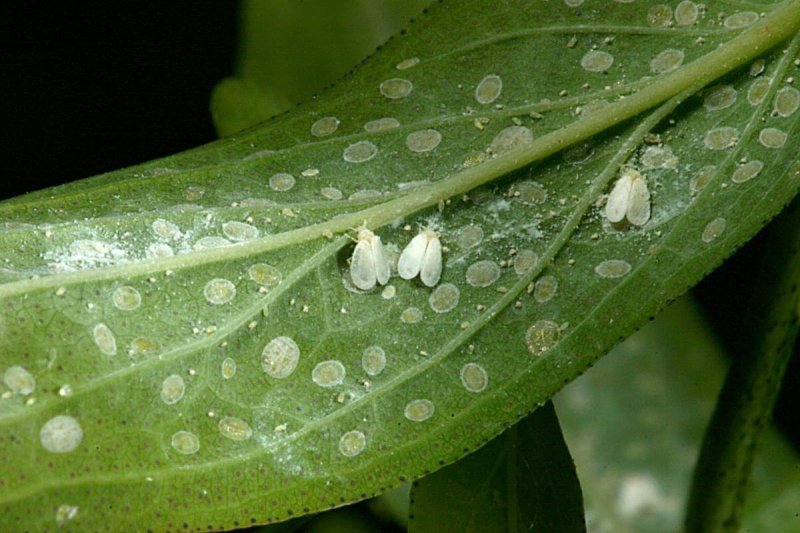Pale, squishy, and smaller than a sesame seed, these sap-sucking bugs terrorize more than 600 plant species, infecting them with deadly viruses and smearing their leaves with sweet, sticky liquids that encourage the growth of molds.
…
Against such an enemy, plants deploy poisons powerful enough to stunt insect growth or bring about the bugs’ untimely demise. But whiteflies (which aren’t flies, but cousins of aphids) have found a work-around for this obstacle, too, through thievery.
To protect themselves against toxins called phenolic glycosides, a common botanical defense, whiteflies imported a stolen good: a gene that encodes a kind of antidote, likely pilfered from an ancient poisonous plant, according to a study published [March 25] in Cell. The plant had probably created the chemical cure to protect its own tissues.
It’s certainly possible that plant DNA, adrift in the whitefly’s digestive tract, somehow meandered its way over to a reproductive cell. But [chemical ecologist Ted] Turlings said he and his colleagues think the whitefly had help from a virus with privileged access to parts of the insect’s body… Perhaps what the researchers found is not a direct plant-to-insect dispatch, but a protracted relay that could have taken place over many years—a molecular drug trade, with microbes acting as the mules.































